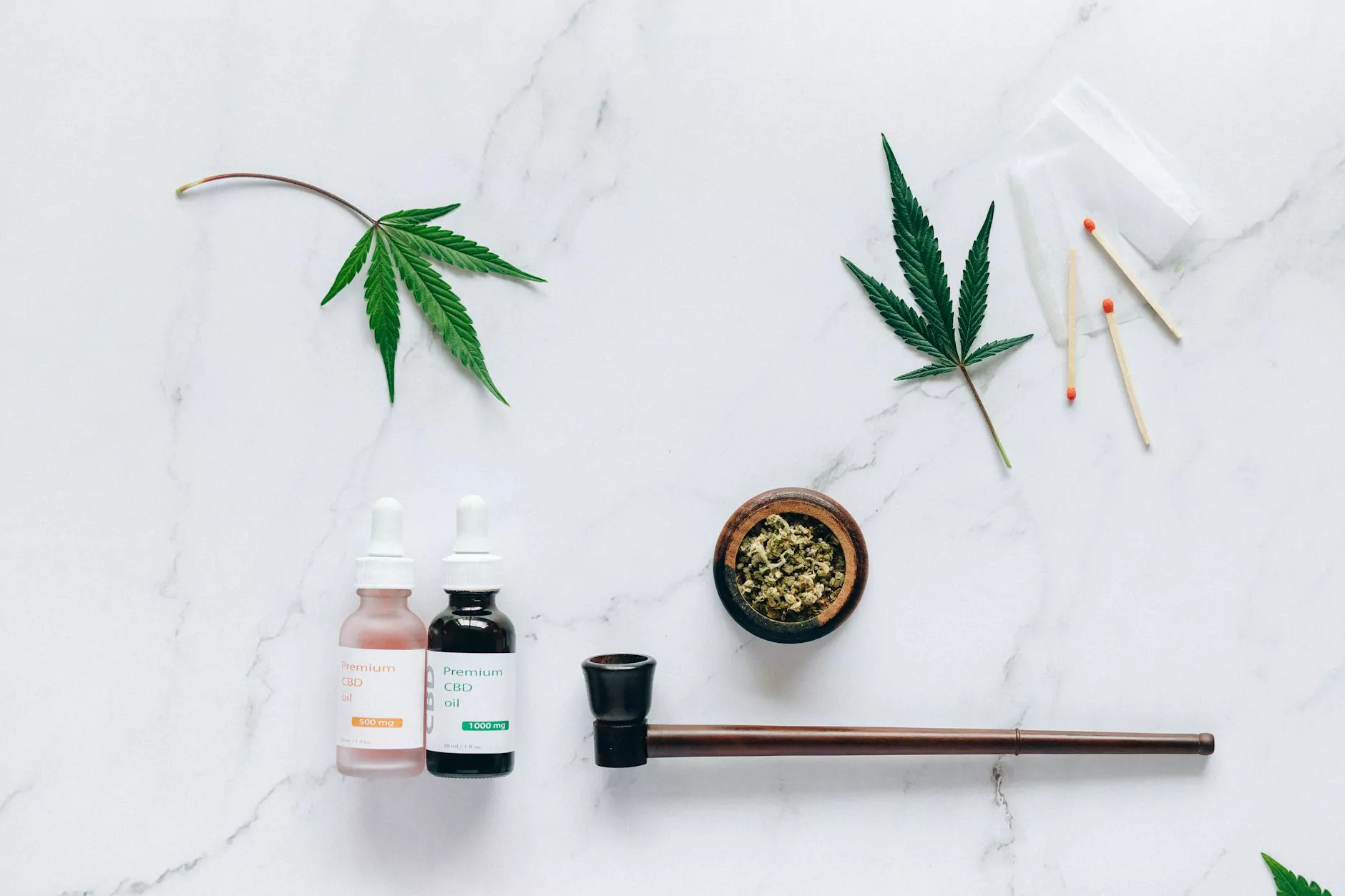Understanding Tendinopathy vs Tendinosis: Key Differences, Treatments, and Prevention

Tendinopathy and tendinosis are terms that are often used interchangeably, but they refer to distinct conditions that affect the tendons, which are the fibrous tissues connecting muscles to bones. Understanding the differences between tendinopathy vs tendinosis is crucial for accurate diagnosis and effective treatment. In this comprehensive article, we will delve into the nuances of these conditions, shedding light on their causes, symptoms, diagnostic methods, and treatment options.
What is Tendinopathy?
Tendinopathy refers to a spectrum of tendon injuries characterized by pain, tenderness, and impaired movement. This term encompasses a variety of conditions that typically result from repetitive strain or overuse. The term itself does not specify a particular degenerative or inflammatory process but highlights the dysfunction occurring within the tendon.
Causes of Tendinopathy
Common contributing factors to tendinopathy include:
- Overuse: Repetitive activities, especially in athletes or individuals engaging in manual labor, can lead to tendinopathy.
- Aging: The natural aging process can lead to increased stiffness and decreased elasticity in tendons.
- Poor biomechanics: Abnormal posture or movement patterns may stress tendons unevenly, leading to degeneration.
- Inadequate warm-up: Failing to properly prepare the tendons before physical activity may contribute to injury.
Symptoms of Tendinopathy
Individuals with tendinopathy typically experience:
- Pain: Often localized around the affected tendon, which worsens with activity.
- Stiffness: Commonly observed in the morning or after prolonged periods of inactivity.
- Swelling: Mild swelling may be present but is not always noticeable.
- Decreased range of motion: Movement may be restricted or painful due to tendon dysfunction.
What is Tendinosis?
Tendinosis is a specific subtype of tendinopathy that refers to the chronic degeneration of the tendon's collagen in response to chronic overuse. It is essential to differentiate between tendinosis and tendinitis, as tendinosis does not primarily involve inflammation, but rather a breakdown of the tendon structure.
Causes of Tendinosis
The primary cause of tendinosis is chronic mechanical overload, which can be exacerbated by:
- Prolonged repetitive stress: Engaging in the same motion repeatedly over time leads to fatigue and eventual breakdown of the tendon.
- Insufficient recovery: Not allowing enough time for the tendon to heal between activities contributes to cumulative microtrauma.
- Age-related factors: As tendons age, changes in their composition make them more susceptible to degeneration.
- Underlying health conditions: Conditions such as diabetes may impact tendon health and healing.
Symptoms of Tendinosis
Symptoms often associated with tendinosis include:
- Chronic pain: A persistent pain often described as a dull ache that worsens with increased activity.
- Thickening of the tendon: The affected tendon may feel thickened or nodular on examination.
- Limited flexibility: Joint movement might be restricted, particularly in advanced cases.
- Tenderness to touch: The area around the affected tendon is often sensitive upon palpation.
Diagnosing Tendinopathy and Tendinosis
Accurate diagnosis is essential for effective treatment. The diagnostic process typically involves:
- Medical history: A thorough discussion of symptoms, activity levels, and injury history helps professionals understand the condition.
- Physical examination: Practitioners assess pain, swelling, range of motion, and tenderness in the affected area.
- Imaging studies: Techniques such as ultrasound or MRI may be utilized to visualize the tendon and determine the extent of injury.
Treatment Options for Tendinopathy and Tendinosis
Treatment strategies for both conditions may differ, but they typically involve a combination of the following approaches:
Conservative Management
- Rest: Avoiding activities that exacerbate pain is crucial for recovery.
- Physical therapy: A tailored exercise program can improve tendon strength and flexibility.
- Ice application: Reducing inflammation and controlling pain through cold therapy can be beneficial.
- Orthotics: Footwear and inserts that provide better support can alleviate stress on tendons.
Medical Interventions
If conservative measures fail, more invasive options may be considered:
- Corticosteroid injections: These can help reduce pain and inflammation in tendon-related conditions.
- Platelet-rich plasma (PRP) therapy: This involves injecting components derived from the patient's own blood to promote healing.
- Surgery: In rare cases, surgical intervention may be necessary to repair a severely damaged tendon.
Preventing Tendinopathy and Tendinosis
Injuries can often be prevented through diligent practices including:
- Gradual progression: Incremental increases in physical activity or intensity can prevent overload.
- Proper warm-up routines: Engaging in dynamic stretches and warm-up exercises prepares the tendons for strain.
- Cross-training: Mixing different forms of exercise aids in reducing repetitive stress on specific tendons.
- Listening to your body: Taking breaks and recognizing signs of discomfort can prevent injuries from escalating.
The Importance of Accurate Diagnosis and Treatment
Understanding the differences between tendinopathy vs tendinosis is essential for choosing the right management strategies. Proper diagnosis ensures that patients receive the necessary intervention to restore mobility and alleviate pain. It is vital to consult with healthcare professionals for personalized treatment recommendations.
Conclusion
An informed approach to tendon health is crucial for athletes, active individuals, and anyone susceptible to overuse injuries. Recognizing the signs of tendinopathy and tendinosis can facilitate early intervention and effective management, paving the way for a healthy, active lifestyle. By adhering to preventive measures and seeking professional help when necessary, it is possible to minimize the impact of these common tendon disorders.









